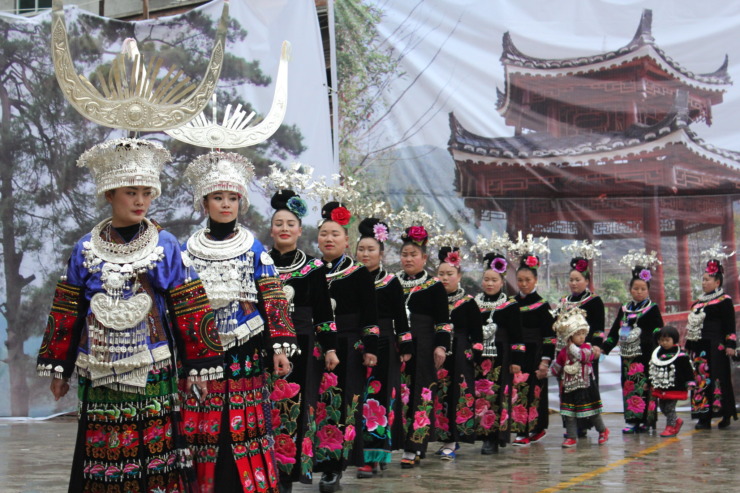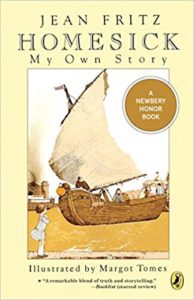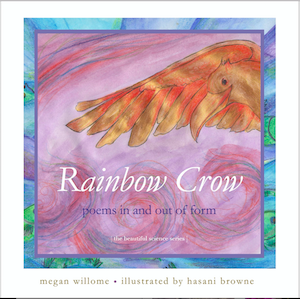
When does a writer know she’s a writer?
When does she know writing will be more than just her job but a key part of her identity? I’ve read other books about writers becoming writers, and in most of them go through a process of understanding themselves. But in Homesick: My Own Story, Jean Fritz goes through no such process.
Ten-year-old Jean knows she is going to be a writer from the get-go but, curiously, she doesn’t actually do much writing in the story, which is a fictionalized memoir of the author’s time living in China in the 1920s. It’s almost like she’s saving it. Maybe when she gets to America she’ll write. Here, in China, she’s got a lot of livin’ to do.
For a book with only seven chapters, a whole lot of living happens. The story concerns the beginning of the revolution that brought Chiang Kai-shek to power and led eventually to Mao Tse-tung establishing the People’s Republic of China. And there is Jean, watching and listening and living and narrating. Maybe narrating is the first step in writing.
I don’t get as much time to drive alone as I used to, which is a shame, because one of my favorite activities on a road trip is to turn on classical music and think aloud about what I’m going to write. Narration leads to clarification for me, as it does for Jean. She narrates national troubles, family troubles, and personal troubles.
Here’s an example of Jean’s narration, a lyrical passage, from aboard the President Taft, as she sails to America, a country she has dreamed of but never seen:
And then Andrea began to dance. She had slipped off her shoes and stockings and she was dancing what was obviously an ‘in-between’ dance, leaping up toward the stars, sinking down toward the water, bending back toward China, reaching forward toward America, bending back again and again as if she could not tear herself away, yet each time dancing farther forward, swaying to and from. Finally, her arms raised, she began twirling around, faster and faster, as if she were trying to outspin time itself. Scarcely breathing, I sat beside a smokestack and watched. She was making a poem and I was inside the poem with her. Under the stars, in the middle of the Pacific Ocean. I would never forget this night, I thought. Not if I lived to be one hundred.”
Like most people who become writers, Jean feels like an outsider, caught between worlds, but she isn’t bothered by it. The book opens in Hankow, with her feeling not very American and yet not Chinese either. It ends in Pennsylvania, with her still not feeling very American and having more affinity for China than she ever expected. But even though she hasn’t yet written, she is living as a writer lives.
She wants glasses, because all writers wear glasses, so the sooner she gets them, the better. She resists a handwriting method that relies on arm movement rather than on the hands because “How could I ever write a poem if I couldn’t let the words come out through my fingers and feel their shape?” Most importantly, when things get dangerous, she knows who has the real power: “As I looked at my father’s chin and at the men with their knives, I knew no one was going to give in. Only a writer could save us now,” I thought.
Only a writer thinks like that, even when she doesn’t have a pencil and paper ready.
Since this book, published in 1982, is about a particular time in history, it should come as no surprise that Fritz has made her career writing books of American history for young people, including Traitor: The Case of Benedict Arnold and You Want Women to Vote, Lizzie Stanton? along with And Then What Happened, Paul Revere, which was named a New York Times Outstanding Book of the Year.
Homesick won a Newbery Honor, which is usually given to fictional stories. The book is enhanced by Fritz’s own photographs and drawings by Margot Tomes. Fritz says the book is fiction but drawn from her memories. I appreciate Fritz’s honesty — that she changed parts of the story to make it work as a story — but even she admits “it does not feel like fiction to me.” It doesn’t feel like fiction to me either. It feels like pure memoir.
Since my childhood feels like a story, I decided to tell it that way, letting the events fall as they would into the shape of a story, lacing them together with fictional bits, adding a piece here and there when memory didn’t give me all I needed. . . . It is my story, told as truly as I can tell it. – Jean Fritz, written from Dobbs Ferry, NY, Jan 11, 1982″
Like Fritz, I knew early that I would be a writer — by second grade. I didn’t know what I would write, and sometimes I don’t think I have lived up to what 8-year-old Megan assumed was her destiny. But I do have glasses (trifocals). I am writing (even when I can’t get to my pencil until the crisis is over). And even my fiction is true.
Next Month’s Selection
April is National Poetry Month, and we are celebrating children’s poetry. Join us Friday, April 15, as we read What the Heart Knows: Chants, Charms, & Blessings, written and illustrated by Joyce Sidman.
Photo by Arian Zwegers, Creative Commons, via Flickr. Post by Megan Willome.
Browse more Children’s Book Club
“Megan Willome has captured the essence of crow in this delightful children’s collection. Not only do the poems introduce the reader to the unusual habits and nature of this bird, but also different forms of poetry as well.”
—Michelle Ortega, poet and children’s speech pathologist
- Perspective: The Two, The Only: Calvin and Hobbes - December 16, 2022
- Children’s Book Club: A Very Haunted Christmas - December 9, 2022
- By Heart: ‘The night is darkening round me’ by Emily Brontë - December 2, 2022




Bethany R. says
“’As I looked at my father’s chin and at the men with their knives, I knew no one was going to give in. Only a writer could save us now,’ I thought.” Powerful writing. I haven’t had the pleasure of reading Jean Fritz’s work before. Thank you for sharing this with us.
Megan Willome says
Bethany, one of the treats of reading this book was sharing it with a friend who used to live in China, and she said it was part of their homeschooling curriculum, back in the States.